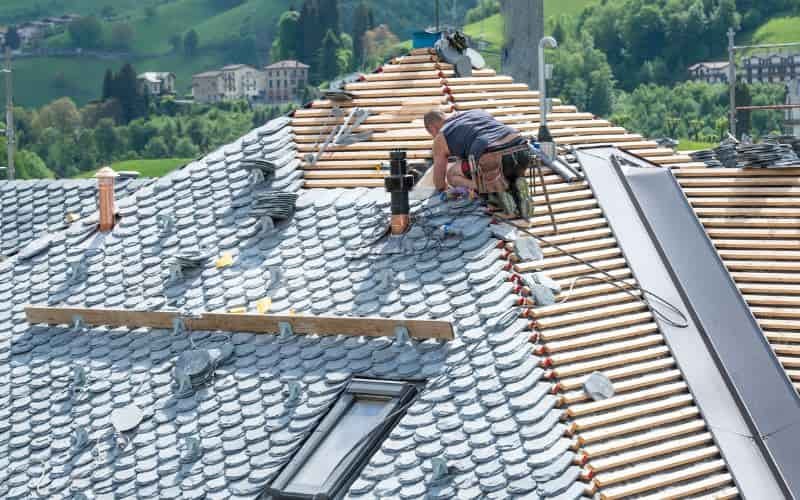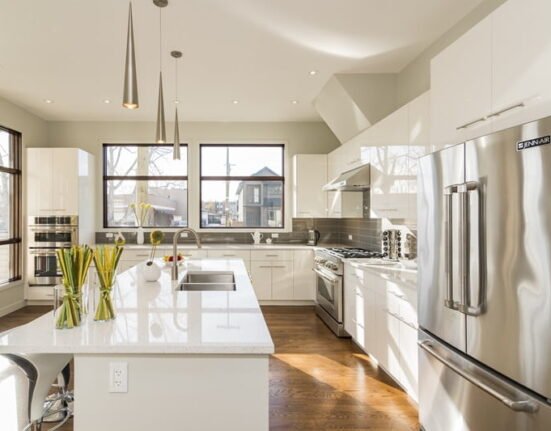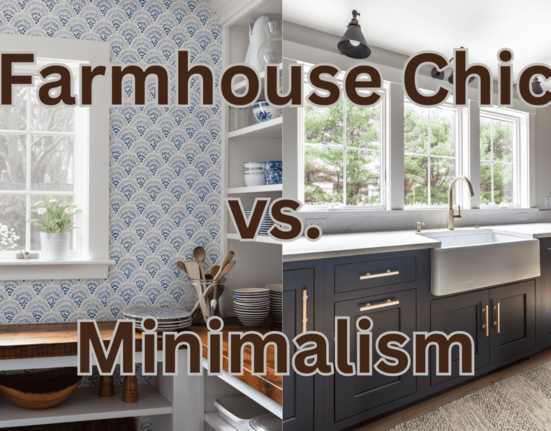Flat roofs are popular among homeowners and business owners due to their modern and sleek appearance. They are often used in commercial and industrial buildings as well as residential properties. Flat roofs are relatively inexpensive to construct, and they can be used to create additional outdoor space. However, they require regular maintenance to prevent leaks and other problems. This article will provide a comprehensive guide to flat roofs, including their renovation, construction, and insulation.
Renovation of Flat Roofs
Flat roofs are more prone to leaks and other problems than sloped roofs due to their design. The accumulation of water on the surface can lead to leaks and damage to the underlying structure. Flat roofs should be inspected regularly to identify any problems early on. Here are some tips on how to renovate flat roofs:
Identify the problem
The first step in renovating a flat roof is to identify the problem. Common problems include leaks, cracks, and damage to the roof membrane. A professional roofing contractor can inspect the roof and provide an estimate for the repairs needed.
Replace the roof membrane
If the roof membrane is damaged, it will need to be replaced. The membrane is the waterproof layer that covers the roof. It is typically made of rubber, PVC, or modified bitumen. The roofing contractor will remove the old membrane and install a new one. The new membrane should be installed in layers to ensure maximum protection.
Repair the roof deck
The roof deck is the structure that supports the roof. If it is damaged, it will need to be repaired or replaced. The roofing contractor like vd-dakwerken will remove any damaged sections and replace them with new plywood or OSB. They will also ensure that the roof deck is level and free of any protrusions.
Add insulation
Flat roofs can be poorly insulated, which can lead to higher energy bills. Adding insulation to the roof can help reduce energy costs and improve the comfort of the building. The insulation should be installed between the roof deck and the membrane.
Construction of Flat Roofs
Flat roofs are relatively easy to construct compared to sloped roofs. However, they require careful planning and attention to detail to ensure that they are built to last. Here are some tips on how to construct flat roofs:
Plan the design
The first step in constructing a flat roof is to plan the design. The roof should be designed to drain water away from the building to prevent leaks. The roof should also be designed to support any additional weight, such as HVAC equipment or solar panels.
Choose the right materials
Flat roofs can be constructed from a variety of materials, including concrete, metal, and asphalt. The choice of material will depend on the climate, the building’s design, and the budget. The roofing material should be waterproof, durable, and easy to maintain.
Install the roof deck
The roof deck is the foundation of the roof. It should be made of strong and durable material, such as plywood or OSB. The roof deck should be installed over the building’s framing and should be level and smooth.
Install the membrane
The roof membrane is the waterproof layer that covers the roof. It is typically made of rubber, PVC, or modified bitumen. The membrane should be installed in layers to ensure maximum protection. The roofing contractor will use a torch or adhesive to install the membrane.
Insulation of Flat Roofs
Insulation is essential for flat roofs to prevent heat loss and reduce energy bills. Proper insulation will also improve the comfort of the building. Here are some tips on how to insulate flat roofs:
Choose the right insulation
The choice of insulation will depend on the climate, the building’s design, and the budget. The most common types of insulation for flat roofs are spray foam, rigid foam, and fiberglass.










